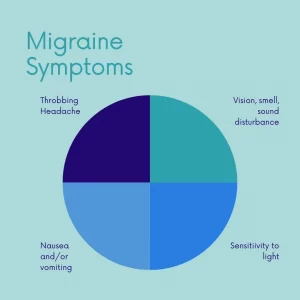
What do reflexologists see when they work on your feet?
These images may help to explain what reflexologists visualise when they are giving a foot reflexology treament. Many people don’t understand what we’re doing when we knead, press and touch various areas on your feet, and how we can tell ‘like magic’! what might be going on within your body.
We’re not magicians – we’re trained health professionals
A professionally qualified reflexologist is trained in anatomy and physiology so that they understand the underlying structures and systems of the body. They use that information together with things like the colour, texture, temperature and tone of your skin to assess what they can see and feel going on, and may be able to identify issues from their observations.
How does this knowledge help reflexologists?
The images above show how reflexologists relate to the skeletal, systems and zones of the body as they appear on your feet.
1 – the skull and spine. These are key areas relating to the parasympathetic nervous system – responsible for what we like to call the ‘rest and digest’ activation that happens when the body is AT REST – which we aim to work on within a reflexology session. Working the spinal reflexes is often key to beginning a reflexology treatment, as they really help your body to understand it’s time for a bit of a gentle shut-down. Many of my clients noticeably slow their breath and become quieter as I work up and down the spine on their feet.
2 – the systems of the body. In reflexology we ‘map’ organs and systems of the feet. Each system can be worked as a whole, individually or together with a related one – the reproductive and digestive for example.
Many maps are available, reflexologists tend to take these as guides, and work with what they can feel. I use a variety of maps to guide me when I am working with clients. If you’d like to see how they work, this one from the Association of Reflexologists is fun to use. It’s important to note that we DO NOT diagnose*, but work alongside allopathic/conventional modern medical techniques.
3 – Vertical zones of the feet, from 1 – 5 working from the instep outwards. Each zone reflects a vertical ‘slice’ of the body, with organs and systems located in that zone. Working in Zone 1 would stimulate or sedate the trachea, heart, pancreas, bladder and some of the reproductive organs. Zone Theory orginated with Eunice Ingham, who researched, developed and wrote a book on how the reflexology zones could be used to support health and wellbeing. You can read more about her work at the Institute of International Reflexology website.
So, what we see on your feet are pieces of a puzzle!
As you may now understand, there are many layers to consider during a reflexology treatment – this article is merely a brief representation of 3 aspects a reflexologist might consider when looking at your feet. Of course, we haven’t even delved into other factors which as holistic therapists we would also think about – the emotions, your life, family and work, and larger still – issues like worldwide health crises! They all have an impact on your overall wellbeing – so don’t be surprised if your reflexologist asks you some of those deeper questions within the treatment space – we like to puzzle out all the pieces.
Ready to try it?
Whether you want to have refexology for the very first time, or are coming back after a break, I will be delighted to see you! Book a discovery call (it’s free) today here.
*A professionally qualified reflexologist (in the UK) will have anatomy and physiology qualifications as part of their nationally recognised certification, as well as at least 100 hours of practical experience before they can work. They will usually be a member of a professional association such as the Association of Reflexologists (as I am), be registered with Complementary and Natural Healthcare Council, have Public Liability insurance as a minimum, take part in mandatory CPD (updating their knowledge) and will be happy to show you all their certificates! Do make sure that your chosen therapist is a professional in their field – you’ll be looked after and have the reassurance of their knowledge supporting your wellbeing.












